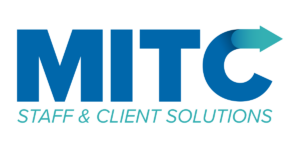Four Tips for a Strong Job Posting
A strong job posting is a crucial part of an organization’s hiring process. As the economy improves, organizations are growing more concerned with attracting and retaining talent. In a 2015 study, Travelers created a Business Risk Index Summary. This study found that organizations were more concerned with talent acquisition then they had been the previous year. 53% of businesses surveyed said they worried about attracting talent. Additionally, 14% of organizations felt that organizations were not prepared to cope with the challenges presented by employee acquisition and retention.
Attracting the right employees takes planning, but is something any organization can do. Here are three tips for more effective job postings.
1. Make Sure the Job Title is Descriptive
Indeed.com found that job titles that were descriptive, such as “Marketing and Events Coordinator”, got significantly more traffic than those with less descriptive names, such as “Marketing II”. Make sure the job title both accurately represents the position and avoids generic labels.
2. Have a Realistic and Thorough Job Description
Make sure the job description makes it clear what you expect from a strong applicant, including qualifications, certifications, or availability. The description should include the tasks that the hired candidate will perform on the job.
If you’re looking to hire a person who can lift 200 lbs, be aware that some organizations often use “feminine” language when creating certain job postings. Words like “nurturing” and “caregiving” are often at the forefront, which may not be the image you’re looking to project.
Similarly, avoid emphasizing education or experience requirements unless they are necessary to the position.
3. Make the Online Submission Process Simple
Be clear about required materials, including information on resume format, references, or salary requirements. Make it as easy as possible to submit (ex. allow attachments instead of requiring employees to fill out an online form with information redundant to their resume).
4. Mention Any Non-Pay-Related Perks of the Job
Make sure the post presents your organization in a favorable light and gives the applicant a good idea of company culture.
Pay is not the only factor for employees when considering a job (or changing jobs). If your organization allows flexible schedules, the ability for employees to apply for opens shifts internally, or a strong benefits package, be sure to emphasize those facts in the job posting.

